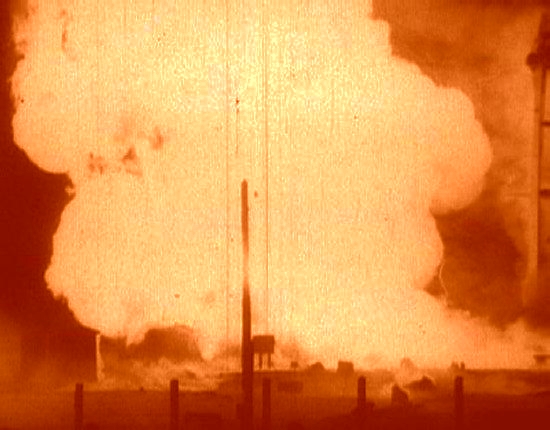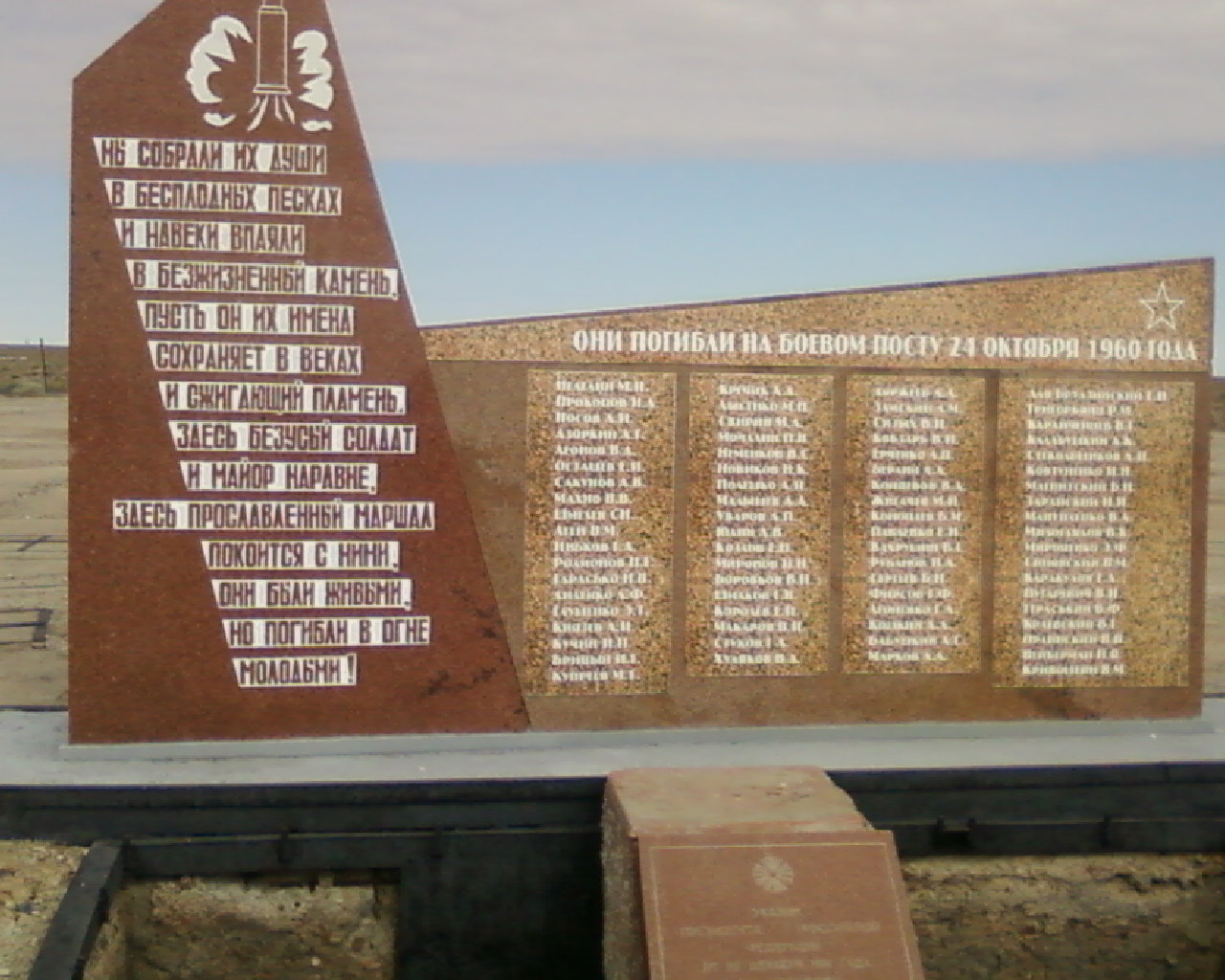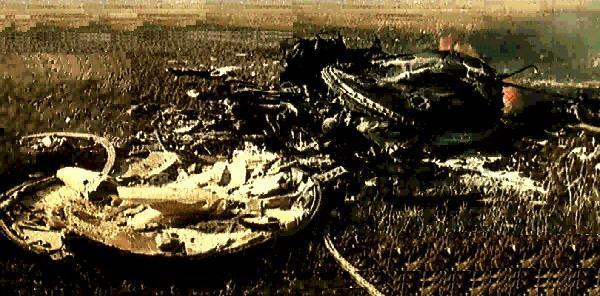If political scientists generally agree that last year’s full-scale attack on Ukraine was a huge mistake by the Russian leadership, then numerologists will almost certainly say that it should never have started on the 24th. It was this number that became somehow fatal for the Soviet Union. First and foremost, this can be confirmed by employees of the rocket and space industries.
Dark day of the Baikonur Cosmodrome
The events that took place at the Baikonur Cosmodrome on October 24, 1960, were later called the “Nedelin catastrophe”. Because a chief marshal of the artillery of the Soviet Union, Mytrofan Nedelin, died as a result of it. Neither before nor after such high-ranking officials died during the tests of rocket technology. However, very few people knew that these were tests at that time, everything happened in strict secrecy. The death of the marshal in a plane crash was announced in the press, and other victims, whose number could reach 126, were buried in cemeteries in different parts of the vast country, putting fictitious death dates on monuments. Among them were also employees of Dnipro’s Yuzhmash plant. The head of OKB-586 (now Yuzhnoye SDO) Mykhailo Yanhel miraculously managed to escape…

The cause of the disaster was a blatant disregard for safety regulations. The launch team undertook to eliminate defects on the already refueled R-16 intercontinental ballistic missile with a mock-up of the warhead. There was no time to drain the fuel, carry out repairs in safe conditions, and refuel again; the test had to be completed before November 7, when the USSR celebrated the next anniversary of the “October Revolution”. Everything was additionally complicated by almost paranoid secrecy and interdepartmental “showdowns”. As a result, there was an abnormal launch of the second-stage engine, the jet of which burned through the tanks of the first stage, and the leak of hundreds of tons of toxic fuel and oxidizer, which immediately burst into flames, forming a real hell at the starting position.
A special government commission to investigate the causes of the tragic accident, headed by the future General Secretary of the CPSU, Leonid Brezhnev, worked for several months. Together with specialists in the rocket industry, recommendations and procedures were developed that should improve the safety of preparing future launches. But … exactly three years after the “Nedelin catastrophe”, on October 24, 1963, the R-9A rocket, which was being prepared for testing, caught fire and exploded in the launch shaft at site No. 70. At the same time, 8 people were killed.

Since then, on October 24, no launches have taken place from Baikonur. Only commemorative events are held annually on this day.
First victim on the way to space
But no matter how careful the Soviet rocket scientists were, the “curse of the 24th” still affected them. The flight of the first cosmonaut and the first spacewalk already took place… Everyone was preparing for manned tests of the new Soyuz spacecraft. Volodymyr Komarov, who already had experience in orbital flights, was supposed to fly on it. His understudy was Yurii Gagarin.
The launch of the first Soyuz was preceded by a series of launches in unmanned mode. All of them testified to the presence of numerous problems, but the leadership of the Soviet space program was in a hurry again: another “ideologically significant” holiday was approaching — May 1, and it was desperately necessary to report on success. Finally, a new spacecraft with Komarov on board was launched on April 23, 1967. Even during the launch into orbit, problems began. One of the solar panels did not deploy on the spacecraft, and then the orientation system stopped working normally. The Ground Control Center realized that plans for a three-day mission, which included docking with the Soyuz-2 spacecraft (it, along with three cosmonauts, was already preparing for launch), would have to be abandoned.

After 19 revolutions around the Earth, Soyuz-1, at Komarov’s command, turned on the onboard engine, which gave out a calculated braking impulse, and began entering the Earth’s atmosphere. The separation of compartments went normally, but after the completion of aerodynamic braking, the main parachute did not open at the landing vehicle, and the capsule with the astronaut crashed into the ground at high speed. It happened on April 24. For the first time in history, a space flight ended with the death of its participant.
* * *
Surely, historians will be able to add more similar examples of the “unhappiness” of the number 24 for the Soviet Union from the point of view of economics and politics. After all, many believe that the last blow to the “evil empire” was the declaration of independence of Ukraine, which took place on August 24, 1991. Without the second-largest population and industrial potential of the “Union Republic”, the USSR could no longer fully exist.
Of course, we can consider all this fraud and speculation… but the year 2024 is not far off, when the ominous coupling of numbers will be present literally on every date. Does this “curse” extend to today’s Russia? We have a good opportunity to check!
Follow us on Twitter to get the most interesting space news in time
https://twitter.com/ust_magazine


